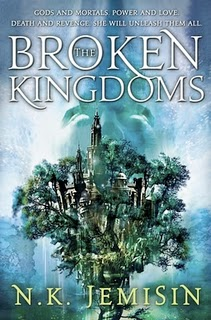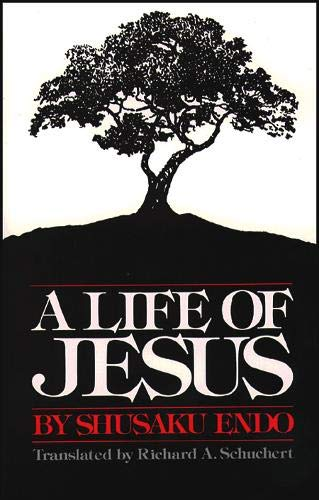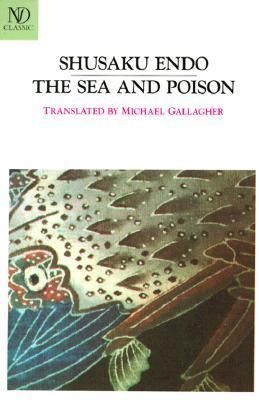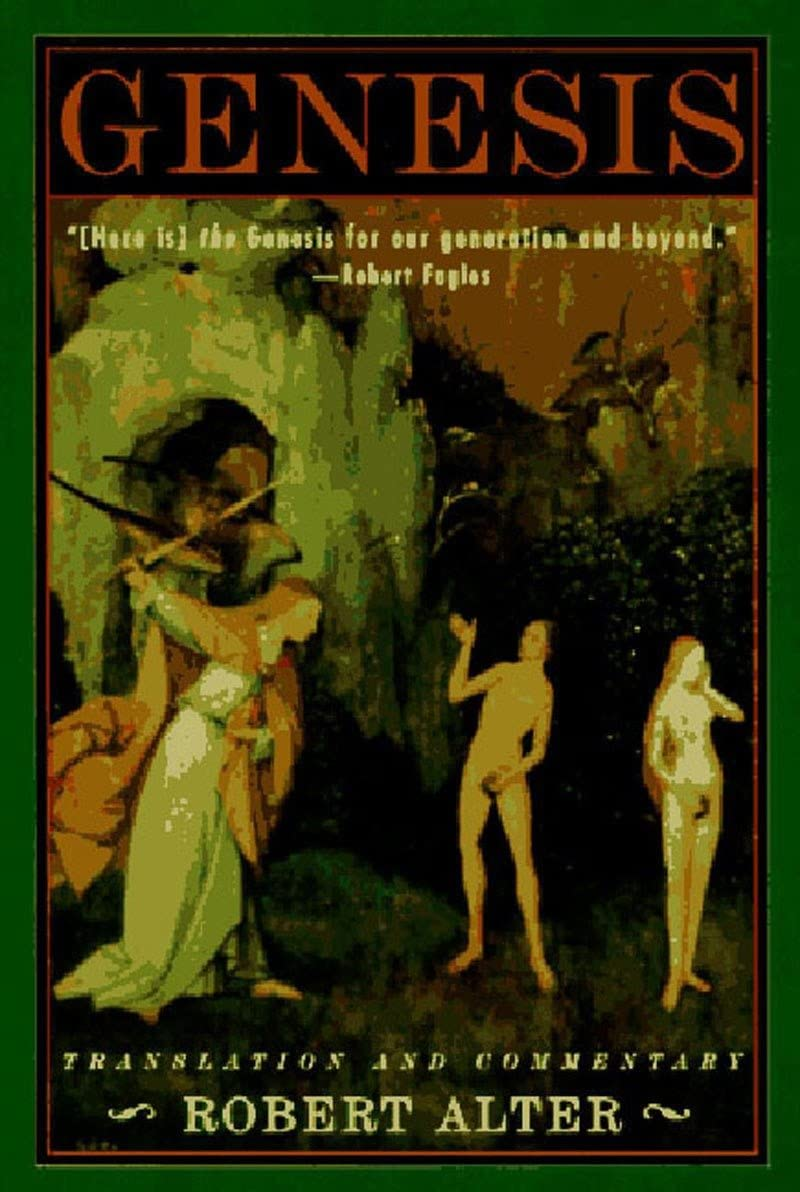Here are the 15 books I read in April, arranged by category:
Theology
The Cloud of Unknowing and The Book of Privy Counsel, Anonymous
This 14th century classic is the work of an anonymous spiritual teacher from England, likely a monk, writing to a younger monk or would-be contemplative that he/she is mentoring. It is an intensely practical, calm, humble, and even humorous guide in the way of contemplation, the advance from the active life into the life of “naked intent” before God. Anonymous sets out his/her way, which could not be simpler (though not easy), and warns his/her reader(s) that it is up to us to stand by the door of contemplation, but it is up to God to welcome us in. Not everyone is called to the work of contemplative prayer, which is the highest work and which will be our eternal pursuit, but Anonymous makes clear the things to expect if one is called. So helpful and clear.
In God’s Hands, Desmond Tutu
A series of Lenten reflections from the Archbishop, resounding with the sacrificial and pursuing love of God, particularly for the one lost sheep. As always it is good to sit under the teaching of this loving, compassionate, brilliant human. I love his kindness, even to his enemies, and his subversive love. And I hugely appreciate his notion that if you want to oppress someone the last thing you should do is give them a Bible - the most subversively liberating text possible.
Journey to the Heart: Christian Contemplation Through the Ages, Kim Nataraja
This is a compilation of essays about historical Christian contemplatives by a number of experts. It is extremely accessible, informed, and helpful, revealing the thread of contemplation that is often buried or misunderstood, especially within the Protestant tradition. The essays take us from Jesus himself all the way up to modern times.
I Asked for Wonder, A Spiritual Anthology, Abraham Joshua Heschel
A staggeringly beautiful ode to wonder, to hope, to endurance, to truth, to love. Heschel’s words are drawn from his many writings by editor Dresner, on topics like God, Faith, Humanity, Israel, and more. Heschel was a poet and rabbi, a profound teacher, thinker, and activist, one who saw truth and pursued it as far as it could take him. He was like a prophet, speaking words that were sometimes hard but also inviting and transformative.
The Origins of the Christian Mystical Tradition: From Plato to Denys, Andrew Louth
A deep and wide dive into the thought of Christian mysticism, at least up until Denys (sometimes called Pseudo-Dionysius the Areopagite) in the 5th century. Louth traces the influence of Greek mysticism, especially through the writings of Plato, as they wound themselves through Philo, Plotinus, Origen, Evagrius, the Cappodicians and the monastics. Of greatest import was the emphasis upon apophatic - or negative - theology - the sense that all we can say about God is what God is not. And yet, at least according to the Christian mystics, the goal of life and contemplation is union with this Divine Mystery, sometimes thought of as Uncreated Light, sometimes as Divine Darkness, but certainly located in the incarnated person of Jesus Christ. Louth does a good job at summarizing and explaining the sometimes very difficult patterns of thought, and also of showing how the Christian take on mysticism developed from, but also broke from, Platonic thought.
How to Inhabit Time, Understanding the Past, Facing the Future, Living Faithfully Now, James K.A. Smith
This 2022 book from theologian/philosopher/professional Augustine appreciator James K.A. Smith is a meditation on the way we live in time. He draws from Augustine, of course, but also heavily from Kierkegaard, Heidegger - especially his concept of the “thrownness” of our lives - Annie Dillard, James Baldwin, and Qoholet, or Ecclesiastes. His premise is that our past is really our present, we are formed by the things that have happened, individually and collectively. So we have to learn how we have been, and are being, so formed, and what it means for us to live within that givenness, that essential contingency. He challenges us to seek to live gratefully, even with the scars of our lives, which are the things that shaped us into who we are. We challenges us not to try to live out of time, not to live ahistorically, either in a kind of nostalgia for an imagined past or an apocalyptic hope for a future that simply wipes out the past and present - this pseudo Christian approach to the “end times” is actually, Smith argues, a removal of oneself from the world, from the present and past and future. It is not futural living, but ahistorical. Eschatology, if it is anything, must be lived now. This is a helpful book, though not always accessible if you don’t have some philosophical training behind you.
Reason and Being, A Meditation on Ecclesiastes, Jacques Ellul:
A masterful meditation, after a lifetime of study on this book. Ellul walks us through theme by theme, questioning the prevailing conclusions and challenging us to understand the deeper nuances of Qoholet as a teacher who is ironic, indirect, unromantic, clear-eyed, and yet still strangely hopeful. This is an extremely helpful counterbalance to much of the commentaries, making them in fact seem somewhat shallow and obvious.
Qoholet (Ecclesiastes), Robert Alter translation and notes:
The final in Alter’s wisdom series, another brilliant translation, but also evidence of the dangers of interpretation. Alter, as I have noticed before, is not coming objectively to the text - I doubt that is possible, or that he would believe it possible. He brings his own prejudices and philosophy to the interpretive choices, and those must be seen for what they are (in all translators). In this particular case, Alter revels in a bleak, counter-wisdom reading of Qoholet, seeing in him primarily a fatalism that allows for no real meaning and certainly no eternal significance. Where Qoholet talks about God, and where this cannot be relegated to pious editorialising, Alter allows that even if the writer is a believer it isn’t in the God of the rest of the Scriptures. This is why it is helpful to read other interpretations, as I am doing with Jacques Ellul’s work.
Sci-Fi/Fantasy
Parable of the Talents, Octavia E. Butler
The second and final of the Parable series, a dystopian yet ultimately hopeful story about the founding of a new religion whose Destiny it is to take humanity to the stars. I’m relatively certain Butler herself believed in this religion, whose central tenet is “God is Change”. That is, God is not a personal being who loves and cares for us - rather, the central reality of existence is change - and we can shape change, and are shaped by change. In the first novel Lauren Olamina eventually sets up her new Acorn community, with drifters and families she has gathered from the remnants of lives lost to violence and poverty in an America wracked with climate change disaster, gangs, and new forms of corporate enslavement. This book begins with the development of this community, and Lauren and Bankole’s new child, Larkin. But disaster strikes, in the form of a new President, a demagogue, former preacher, head of a new denomination called “Christian America”. His campaign slogan is “Make America Great Again.” If this book had been written in 2016, this all would be very hacky and obvious. But it was written in the nineties, which makes it scarily prescient. A branch of Christian America - the Crusaders - takes over Acorn, removes the children, and enslaves those present there for almost two years. This section of the book was very hard to read, as Butler presents the horrors of slavery in minute, realistic detail. And it is not just that she is saying this kind of thing could happen as a result of nationalist Christians - it HAS already happened, with the slavers in Africa and the settlers to North America. Everything she describes happened, with the exception of some better technology for torturing slaves. It is heart-rending. Once free, the community sets about trying to find their children and re-establish Earthseed, the religion that will help humanity grow up. I won’t spoil any more surprises here, but I will say that though I disagree with certain fundamental notions of Earthseed, I also see that Christianity requires the challenge that it presents. In some ways it could almost be derived from Ecclesiastes. This is a very important book, and extremely well-written, though not always comfortable to read.
Binti: Home, Nnedi Okorafor
The sequel to Binti. Binti, along with her new Meduse friend Owku, have now been at the interstellar university for a year, and she is progressing in her maths as Owku progresses in his weapons work. But something is wrong - Binti feels wrong, feels unclean, and is often caught up in anger even as she does her mathematical meditations, something that has never happened before. She decides to return to earth for her pilgrimage, something all Himba women are meant to do. And she brings Okwu with her - who will be the first Meduse to go to earth in peace. Things, of course, are not so easy as she hoped they would be, as she begins to learn layers of her ancestral identity that are not entirely welcome.
The Erstwhile, Brian Catling
The second in the Vorrh series, an incredible complex and creative world-creation, taking place most in between the first and second world war. There are several interweaving stories, spanning Germany, England, Essenwald (a colonial city in Africa) and the Vorrh itself - the ancient forest of Eden, home to the Erstwhile, the guardian angels who had failed in their task of guarding the tree, who had been forgotten, and who are now walking up, leaving the great forest, and formulating plans. The writing and plotting is superb and bizarre, and is leading to a third and final book whose plot I cannot even imagine. Excellent stuff.
Non-Fiction
The Way of the Samurai, Inazo Nitobe
The classic work by Nitobe on the spirit of Bushido, the Samurai spirit that formed the moral, societal, and aesthetic realities of Japan. Nitobe takes us through the development of Bushido as an essential part of a Feudal Japanese society, and the various elements that constitute this departing way of life. He examines the principles of Justice, Courage, Benevolence, Politeness, Sincerity, Honour, Duty, Self-Control, Suicide and Redress, the Sword, the place of Women - all in their own context and also in comparison to the European versions of Feudalism, Chivalry and Knighthood. It is a fascinating glimpse into a way of life which no longer exists, but which still arguably forms a significant part of the kernel of Japanese society. Nitobe does not examine Bushido uncritically - at several points he advances the opinion that a martial approach to life, while helpful and natural in many ways, does not consider the whole of humanity and cannot ultimately be sustained. He is also very clear about the abuses and excesses of Samurai culture, though in a way that also points to these same issues in other cultures. But there is also a feeling throughout that Nitobe is mourning the loss of this way of life, the sense of honour and duty and self-control that exemplified the Samurai culture.
Talking to Strangers, What We Should Know About the People We Don’t Know, Malcolm Gladwell
An interesting book about why we all find it so difficult to understand strangers, even though we think we are good at it. We think we are good at spotting liars - we are not. We think we can tell a cheat or a criminal - we can’t. Even trained professionals who are supposed to ferret out spies and con artists are typically very bad at this. Why? Gladwell goes through a list of reasons, using case studies, well-known stories, theories, and more - in particular through the example of Sandra Bland, an African American woman who died in prison after a totally unnecessary interaction with a police officer who read her wrong. Gladwell talks about our default to truth, problems with transparency, and the misunderstood issue of coupling to identify why we misread people all the time, and ways we could do a better job of trying to understand strangers.
Graphic Novels
Solutions and Other Problems, Allie Brosh
I really love this book, it is hilarious, and it made me very sad. Allie Brosh has (had?) a very popular illustrated blog, and came out with her first graphic novel, Hyperbole and a Half, a few years ago. I loved that book too, and found the art style and narration to be exactly the weirdo type of humour that hits just right. This is more of the same, though in the intervening years Allie experienced some horrific tragedy, and not just the world-wide Covid type of tragedy. She became reclusive, at least for a while. And then she came out with this massive, funny, moving book. The sad part, to me, is how often she describes herself, and then everything, as pointless (though I am also reading Ecclesiastes right now, so maybe she is onto something). There is a thread of nihilism running through the book, understandable in the light of what she has gone through, but sorrowful nonetheless. Still and all, her descriptions of her childhood, the depictions of dog and cat and horse activity, and absurdism throughout, is just delicious.
Infinitum, Tim Fielder
A gorgeously illustrated epic that begins with the Big Bang and carries on past the heat death of the universe. So it’s fairly significant in scope. It is an Afrofuturistic story that tells the tale of King Aja Oba, ruler with his wife Queen Lewa of a vast, wealthy and powerful African nation. But they are without an heir, and Aja Oba angers his concubine, a shamaness, by taking their baby to be his heir. She curses him with eternal life, which sounds great until you realise he will lose everyone he ever loves, eventually. The story sees Aja Oba, later named John, as he experiences history from his unique perspective as an increasingly physically powerful black man who cannot die. He watches the Europeans come to Africa, is transported to America in a slave ship, participates in slave uprisings, the Civil War, the Civil Rights movement, and many other wars besides, all while loving and losing family along the way. The story then transitions into the future, as John is at the forefront of space exploration and terraforming new planets, first contact, and then intergalactic wars. All the while he continues to grow in power, but also desperation, as nothing seems able to put him to rest. This story is incredibly inventive, beautiful, violent, and thought-provoking - I could easily see it becoming a streamed series at some point.















